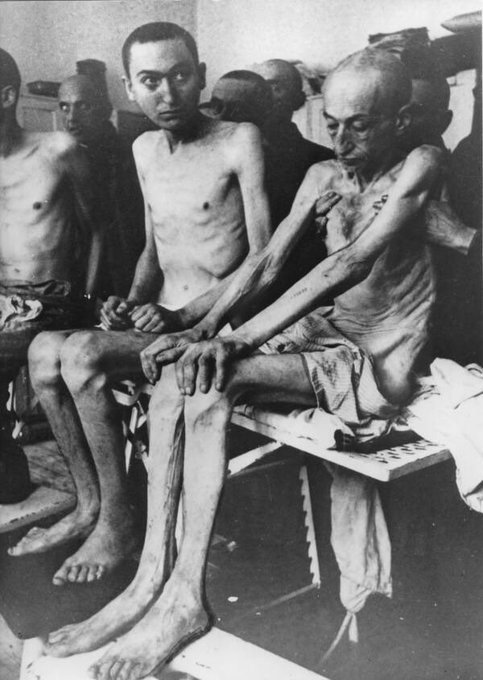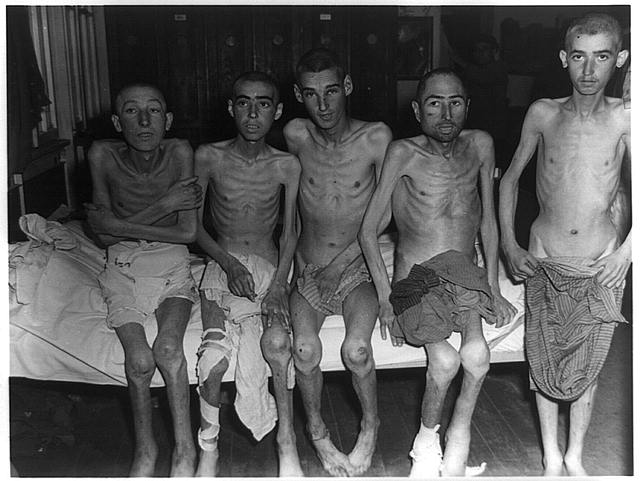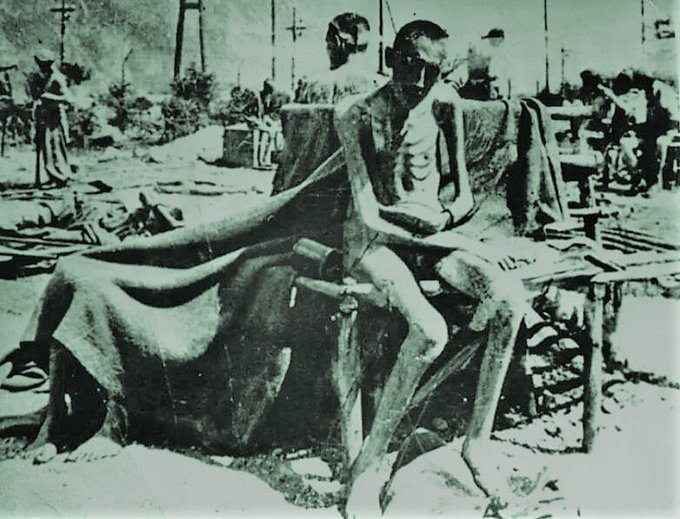🧵Thread: This will not be easy to read or view, but it’s essential as we approach the first anniversary of the horrific October 7th massacre. We must remember what the Palestinians who entered Israel that day did to men, women, the elderly, children, and babies.
These are just a few of the thousands of images and footage from that day, showing the true face of genocide.
⚠️🚨 WARNING: The following photos are extremely graphic, depicting the brutal reality of genocide. Viewer discretion is strongly advised. ⚠️🚨
These are just a few of the thousands of images and footage from that day, showing the true face of genocide.
⚠️🚨 WARNING: The following photos are extremely graphic, depicting the brutal reality of genocide. Viewer discretion is strongly advised. ⚠️🚨
1/ We are here with the girls" 💔 Horrific documentation from Facebook Live that Hamas terrorists opened from the phones of the abductees documenting the moments of horror when they were wounded and scared before being taken captive by Hamas. Such cruelty that the whole world should watch. These are not "free fighters",
These are bloodthirsty monsters.
These are bloodthirsty monsters.
2/ Shiri Bibas with her 9-month and 4-year-old sons Kfir and Ariel. They are still held hostage.
3/ A photo that describes Gaza perfectly, a single person with a dead Jewish man thrown over the back of his motorcycle like roadkill. No humanity. No shame. Just raw, unfiltered evil for the world to see.

4/ "Innocent civilians" Celebrating, and dancing on top of the body of a dead Israeli soldier. A sickening display that sums up their society in one short video.
5/ They raped and paraded Jewish girls as hostages—all in front of the entire world, with no shame, no remorse. This is the horror they unleashed, and they wanted everyone to see it.
6/ An Israeli was shot by Palestinian while he was pretending as dead, they couldn't let anyone go, the lust for blood is too big.
7/ They tried to run, to hide, but the savages hunted them down. There was no escape from the brutality, no mercy for those souls who were desperately seeking safety.
8/ This is the only place in the world where you can drive down the street in broad daylight with a kidnapped elderly woman, and the crowds cheer. Celebrated by the masses—for kidnapping, for cruelty. This is their reality.
9/ They ensured that every single life in that room was taken.
10/ He was just working in that area, trying to make a living, but they showed him no mercy—he was brutally beheaded while still being alive.
11/ hey had no right to touch our children, especially after they had killed the parents. This is the depth of their cruelty—destroying families and violating the most innocent among us.
12/ They just wanted to live their lives as a beautiful family—was that too much to ask?
13/ On that day, they kidnapped children right after slaughtering their parents in front of their eyes. A nightmare they will never forget, as they were forced to witness unspeakable horror and loss.
14/ They shot them in the back of the head like they were livestock
15/ "Innocent civilians," my a*s. This is not innocence; celebrating acts of violence and cruelty. this is complicity, There's nothing innocent about it.
16/ They couldn't get enough; they killed whoever they saw, driven by a relentless thirst for blood. No one was safe, no life was spared.
17/ The cowards violated the apples of our eyes, killing babies still sleeping in their cribs. Hell is not enough for these monsters; their actions defy any sense of humanity.







18/ They were just innocent people living their lives, but that was too much to ask of those savages. They killed and burned them, showing no mercy, no remorse—just pure, evil.







20/ Yarden Bibas, was kidnapped after being wounded and has been held in Gaza for since and his entire family is also held there, his wife Shiri and the two small children, 5-year-old Ariel and one-year-old baby Kfir.
There have been no signs of life from them.
There have been no signs of life from them.
21/ This is what they call "resistance."
In conclusion, nothing that has transpired in Gaza over the last 12 months happened without reason. Hamas orchestrated these events with full knowledge of the consequences, fully aware of the devastation and suffering they would inflict. Their actions were deliberate, rooted in a brutal ideology that prioritizes violence over peace.
We must never forget the atrocities committed, especially as millions around the world celebrated these horrors. While thousands of images and videos exist to document this brutality, I couldn't stomach adding more. The reality of what occurred is already unbearable. The world must recognize this truth and hold Hamas accountable for the suffering they have caused.
Bring home the hostages now, enough is enough.
We must never forget the atrocities committed, especially as millions around the world celebrated these horrors. While thousands of images and videos exist to document this brutality, I couldn't stomach adding more. The reality of what occurred is already unbearable. The world must recognize this truth and hold Hamas accountable for the suffering they have caused.
Bring home the hostages now, enough is enough.
• • •
Missing some Tweet in this thread? You can try to
force a refresh




















